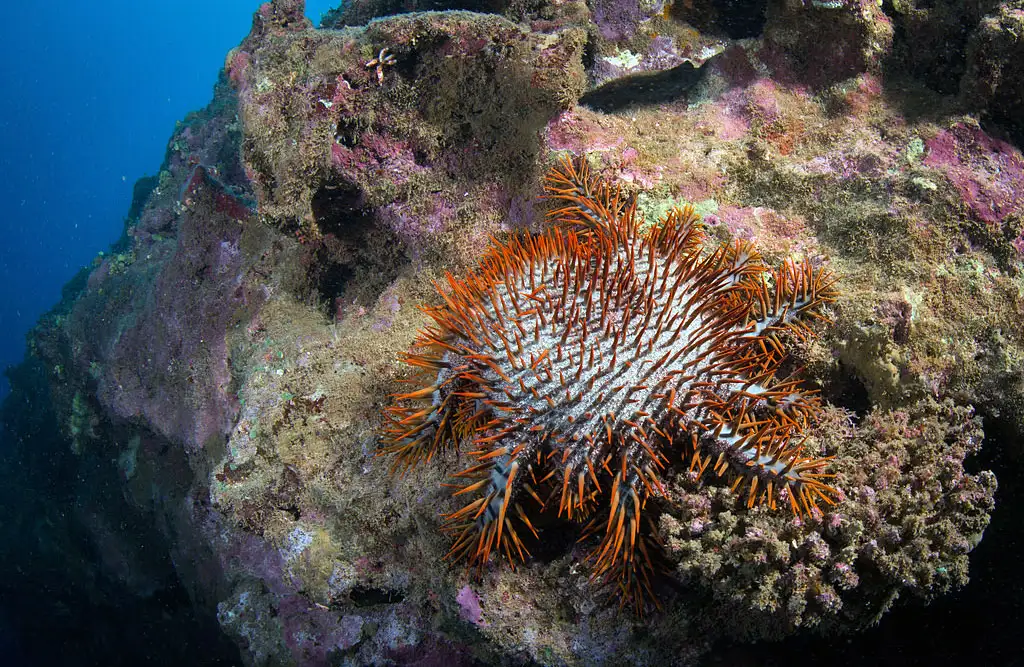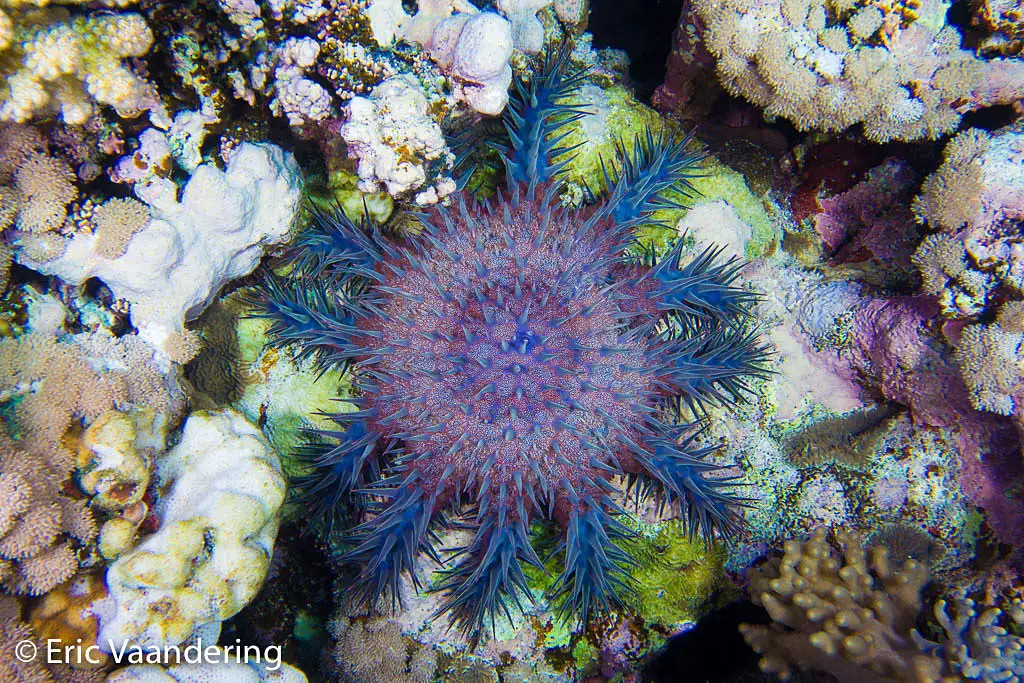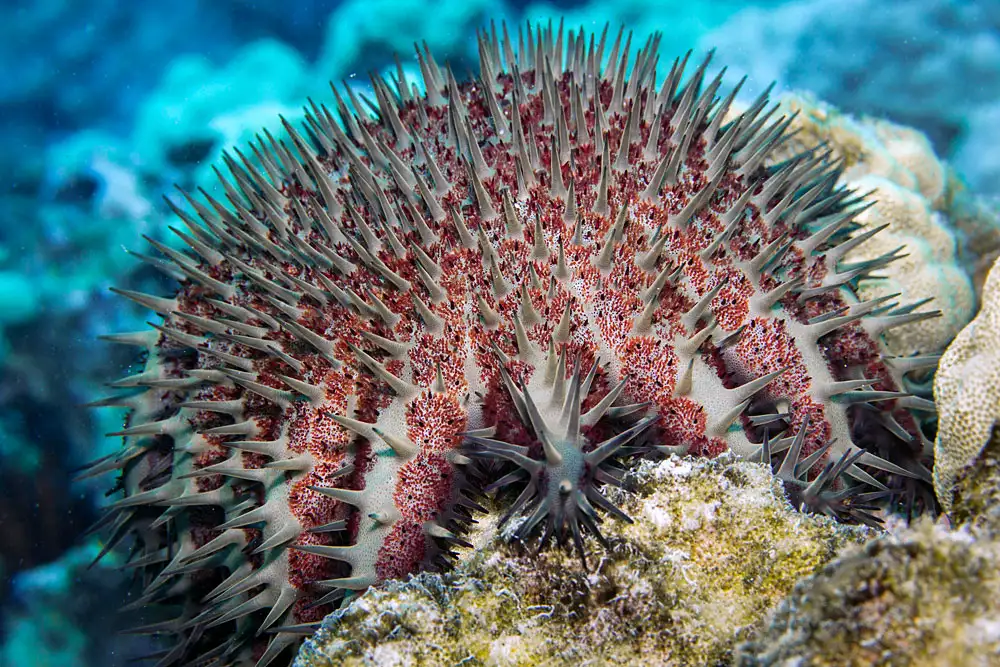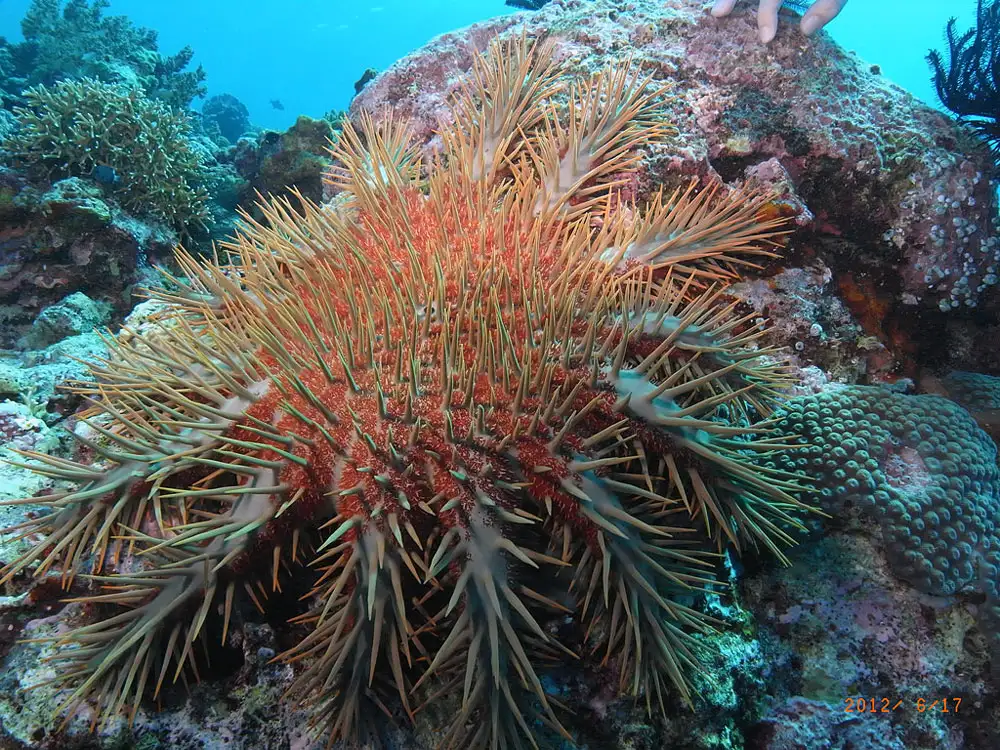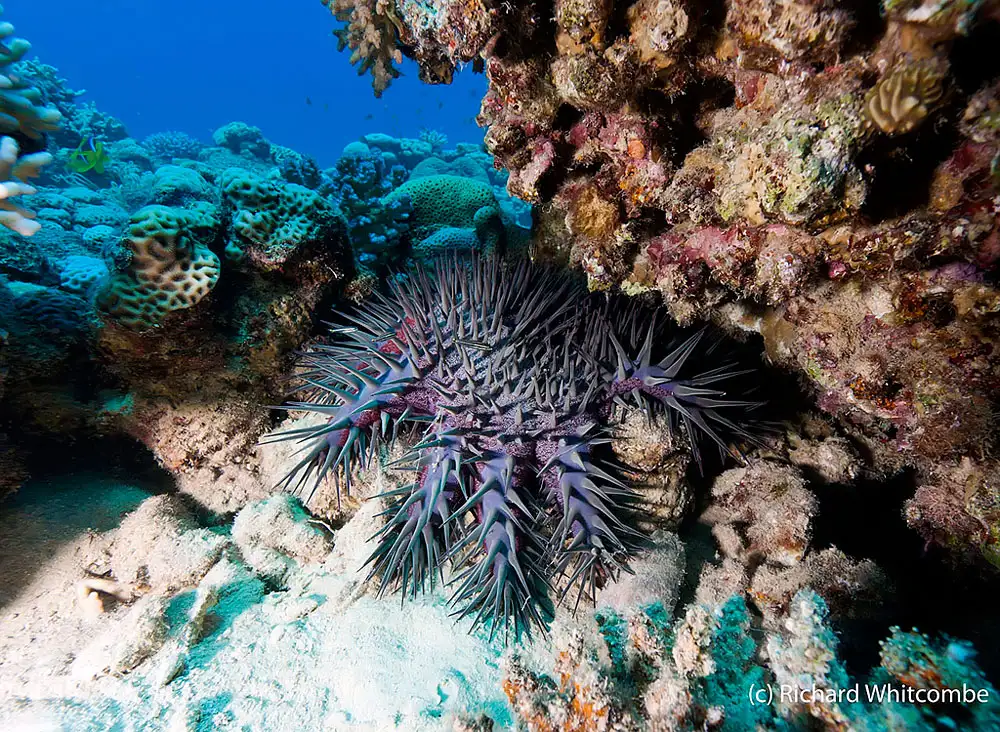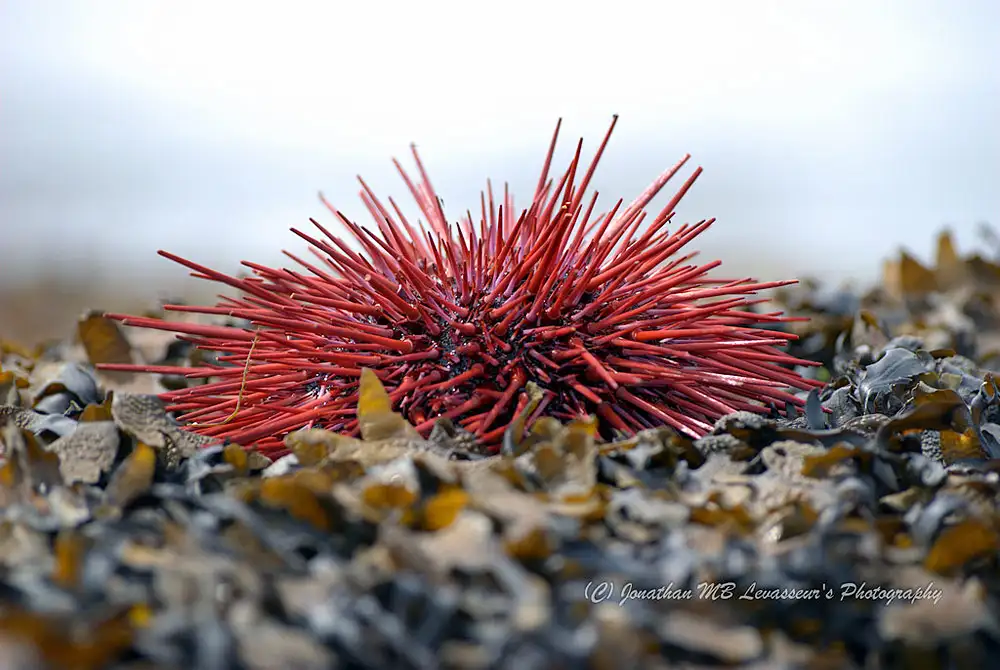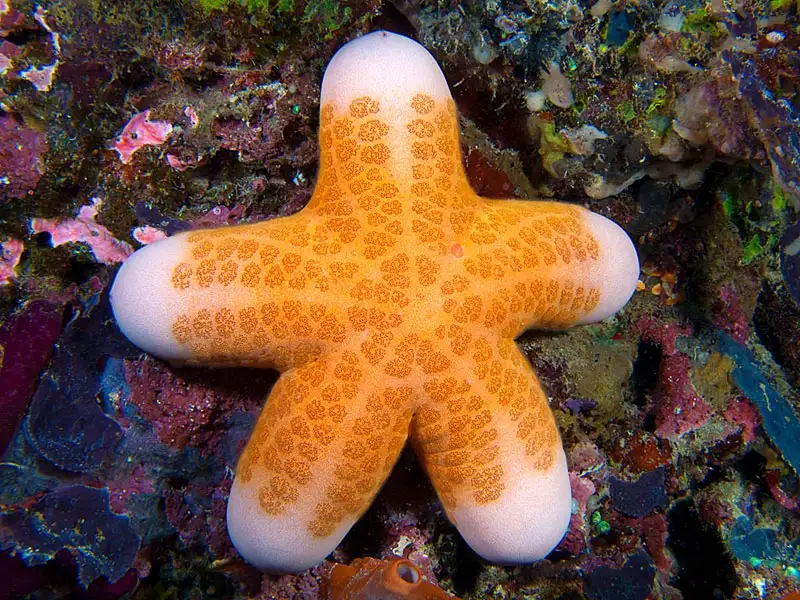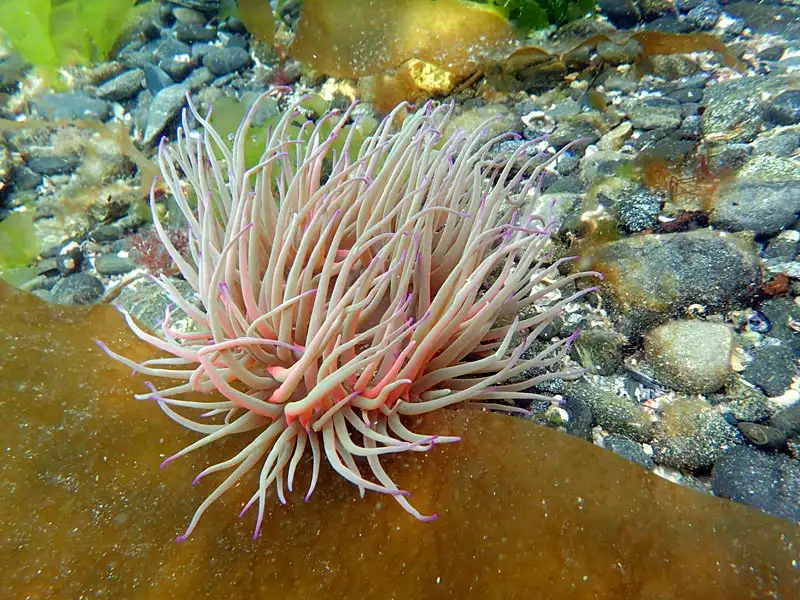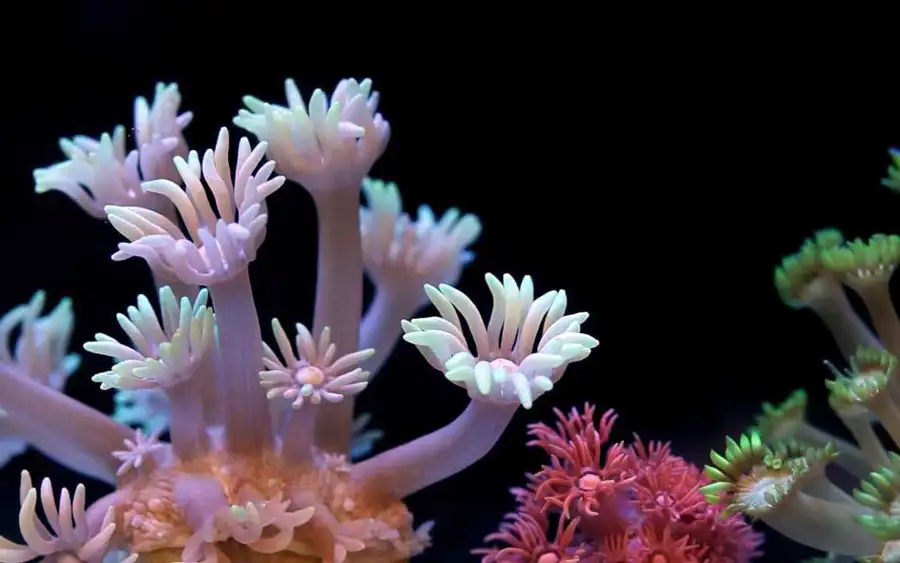Crown‑of‑thorns Starfish
IUCN
LCBasic Information
Scientific classification
- name:Crown‑of‑thorns Starfish
- Scientific Name:Acanthaster planci
- Outline:Echinodermata
- Family:Acanthasteridae Acanthaster
Vital signs
- length:Arm‑to‑arm diameter 25–60 cm; exceptionally 80 cm+
- Weight:Varies with arm number and hydration
- lifetime:About 3–8 years
Feature
Many‑armed with venomous spines; coral specialist; very high fecundity; capable of damaging outbreaks.
Distribution and Habitat
Tropical Indo‑Pacific shallow reefs—slopes, flats and crests.
Appearance
Broad disc with 12–20 arms (range ~7–23); dense long spines; grey‑violet to reddish‑brown/blue‑green hues.
Details
Acanthaster planci—the crown‑of‑thorns starfish (COTS)—is a major coral predator on Indo‑Pacific reefs (family Acanthasteridae). It bears numerous venomous spines and typically 12–20 arms. By everting the stomach it feeds on live tissues of scleractinian corals. At natural densities it can promote coral turnover, but during outbreaks it rapidly strips reefs of corals.
Ecology & Biology
Diet: prefers reef‑building corals (e.g., Acropora), digesting tissues via external digestion.
Reproduction: broadcast spawner with extremely high fecundity; larvae are planktonic and widely dispersed.
Predators: include the giant triton Charonia tritonis, humphead wrasse Cheilinus undulatus, puffers and certain crustaceans.
Outbreak drivers: a combination of nutrient enrichment (larval survival), predator depletion and oceanographic transport/settlement events.
Identification
Large disc with many arms (commonly 12–20, range ~7–23) and dense, long toxic spines dorsally. Colour varies from grey‑violet and reddish‑brown to bluish‑green depending on region and individual.
Size & Longevity
Size: arm‑to‑arm diameter typically 25–60 cm, exceptionally 80 cm+.
Life: about 3–8 years depending on food and conditions.
Range & Habitat
Widespread across the tropical Indo‑Pacific on shallow reef slopes, flats and crests.
Conservation & Management
Impact: outbreaks can slash coral cover within weeks to months and alter fish assemblages and ecosystem services.
Control: targeted culling (mechanical removal) and injections (e.g., vinegar/citric acid/bile salts) are effective; watershed nutrient control and predator protection are long‑term solutions.
IUCN: taxonomy is under revision (regional forms/cryptic species); statuses vary by entity. This overview is marked Not Evaluated (NE).
FAQ
Q1. First aid after a spine puncture? Rinse with seawater, remove visible spines, consider warm‑water immersion; seek medical care if pain/swelling or allergic symptoms occur (educational only).
Q2. Is it always “bad”? At natural densities COTS can contribute to coral diversity via selective predation; the problem is outbreaks under human‑altered conditions.
Q3. Field ID tips? Far more arms than typical starfish and a covering of long venomous spines; colour is variable but the spiny disc look is distinctive.
Q4. Do we rely only on divers to control it? Short‑term yes (culling/injections), but long‑term requires nutrient reduction and predator conservation.

